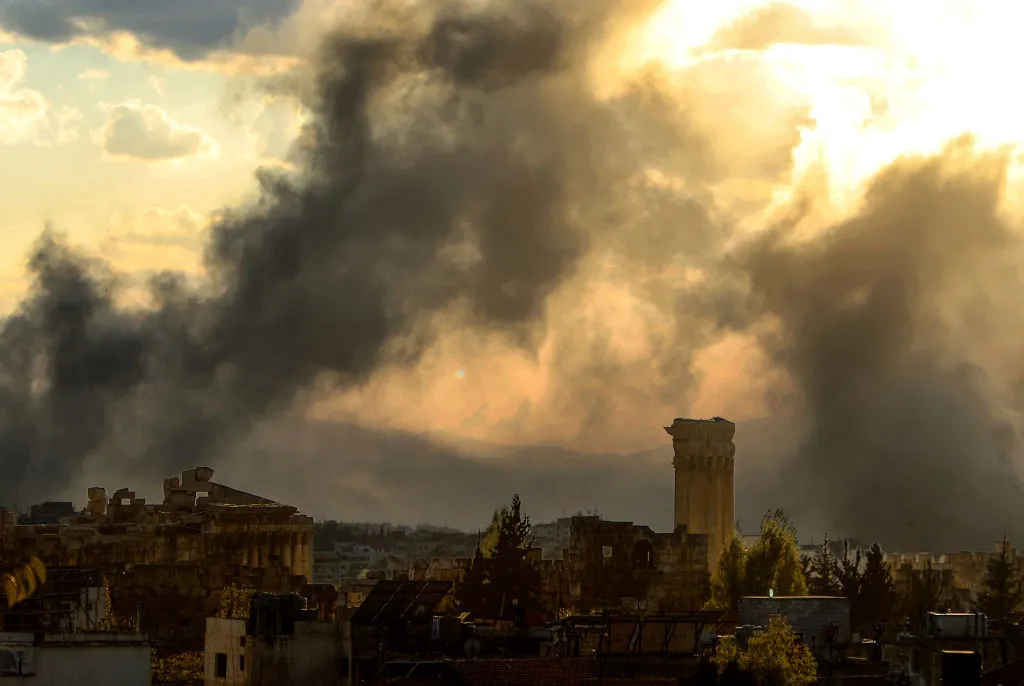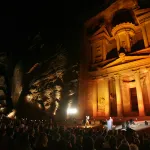
Ancient Roman ruins in Baalbek, a historic city in Lebanon, survived an initial wave of Israeli air strikes this week, Baalbek Mayor Mustafa al-Shell told the BBC. However, he warned that the safety of the site is not guaranteed and that Lebanese authorities are “pleading” for international organizations to help spare the UNESCO World Heritage site.
Nineteen people, reportedly including women, were killed by Israel’s bombardment of Baalbek, which Israel said was meant to target Hezbollah command centers. Some 50,000 people have fled the area under evacuation orders issued by the Israeli military. Those evacuation orders followed similar ones directed at residents around Beirut, which, along with large parts of southern Lebanon, has faced the threat of devastation.
Amid the escalation of violence in eastern Lebanon, local officials and cultural workers abroad have called for intervention on behalf of the triad of Roman temples which date back to the 1st century BCE. The monumental structures are among the best preserved ones of their kind worldwide.
The temples are dedicated to the Roman deities Jupiter, Venus, and Mercury, and were constructed over more than two centuries. They served as a sanctuary and a site of religious pilgrimage.
In its citation for the site, UNESCO calls Baalbek “one of the finest examples of Imperial Roman architecture at its apogee.”
Earlier this month, images circulated widely on social media of a large plume of smoke rising behind the columns of the Jupiter Temple in Baalbek after an Israeli air strike hit less than a mile away. Lebanese Culture Minister Mohammad Mortada confirmed to the New Arab that he had directed the Lebanese delegate to UNESCO, the cultural arm of the United Nations, to stress the peril facing the ruins.
“UNESCO is responsible for looking over these sites, and we’ve asked our mission to inform the UN and its Security Council to demand Israel to respect international laws and not harm our heritage,” he said.
Art institutions and cultural landmarks have been repeatedly drawn into Israel’s military assault of Gaza and Lebanon. The Church of St. Porphyrius in Gaza, believed to be the world’s third-oldest church, has been struck twice by Israeli missiles. In May, a report from the United Nations Development Program estimated that at least 341 mosques had been destroyed in Palestine. Shababeek for Contemporary Art, which housed more than 20,000 artworks, was leveled during Israel’s two-week siege on a nearby hospital complex. The degree of devastation in Gaza has exacerbated fears that Lebanon’s rich world heritage could meet the same fate.
“We told the UN, ‘If you can’t stop violations against civilians, fine, but at least make sure our [ancient] stones are protected,’” Mortada said of Balbeek.
ARTnews has reached out to UNESCO for comment.

